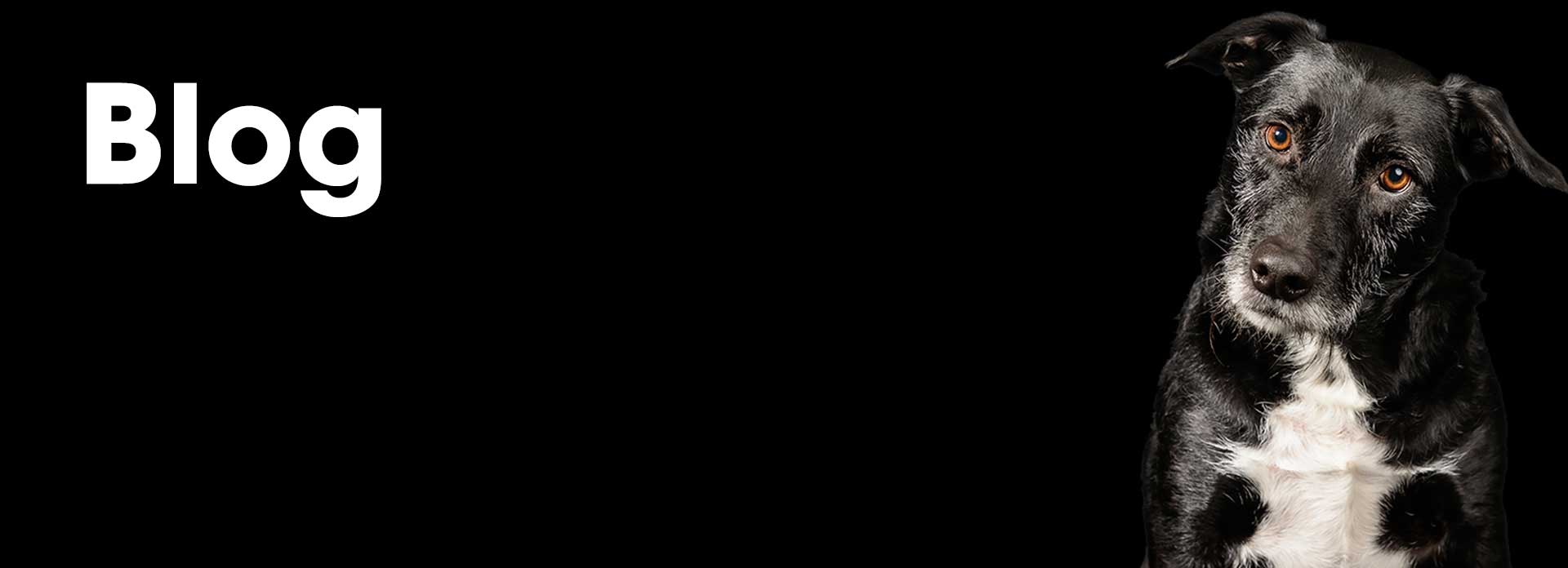We all know we should take steps to baby-proof areas where babies and young children roam. However, we may not realize that we also need to pet-proof our property to keep our dogs safe. Here are the top recommendations for pet-proofing your yard.
Install the best boundary possible.
Whether you choose wood, metal, or vinyl, arrange for a fence at least 6 feet in height. If your dog is large, make the fence 10–12 feet tall. If you opt for a wood fence, be sure the lumber has not been treated with CCA, a chemical that’s toxic to dogs.
Suppose you already have a fence in place, but it’s not high enough to prevent dog jump-overs. A simple solution is to add a strong trellis to the top. You can also plant evergreen climbing plants or prickly evergreens to add bulk to the fence and discourage your dog from jumping over it. If you’re concerned that your dog might dig under the fence, bury chicken wire at least 12–24 inches deep around the perimeter inside the fence.
If your backyard contains a pool, don’t include the dog’s enclosed space near it. Protect your dog by keeping him and the pool in two separate areas.
Make sure any exit from the enclosed space has a secure closure that your dog cannot open. Place the latch so high that’s out of their reach or make the latch so tricky to open that only human fingers can get it open.
Remove all toxic plants and chemicals, as well as standing water.
Besides avoiding wood treated with CCA, remove plants and other materials that are unsafe or deadly for dogs to chew. These include common plants like azalea, rhododendron, yew, oleander, tulips, daffodils, amaryllis, foxglove, and lily of the valley, among others. Herbs like parsley and fennel can also be toxic for your dog.
Don’t spread substances you wouldn’t want your dog to eat, such as insecticides, pesticides, herbicides, fertilizers, slug or snail killer, and rat or mouse poisons. Use non-toxic and organic options whenever possible. If you must treat your yard with toxic items, keep your dog out of the yard until it’s safe to return.
Drain any pools of standing water, as these can harbor dangerous blue-green algae or infections such as leptospirosis, a bacterial infection that can be deadly to dogs.
Avoid paved outdoor spaces.
Hard surfaces can increase your dog’s chance of injury. Keep in mind that concrete, brick, asphalt, and other hard surfaces can become extremely hot and injure paw pads. You can replace flagstones and pavers with other walkway materials such as mulch, artificial turf, or sod.
Secure your trash cans and electrical cords.
Dogs love to investigate everything in their yard, but plastic and other trash, including cleaning materials left on rags, can be hazardous. Make sure your trash cans are covered with very tight or locking lids. Better yet, keep the trash cans out of the dog’s enclosure.
Remove or securely cover all electrical cords so that your dog cannot chew on them.
Make it impossible for other animals to enter your yard.
Check your fence for holes or cracks where wildlife could enter. Your dog can be severely injured or even killed if it fights with a raccoon, coyote, fox, or opossum. If your dog is small, hawks and owls could fly off with your pet in its claws, so remain in the yard while your little dog is outside. Another preventative measure is to keep your dog indoors at dawn, dusk, and overnight, when most wildlife are feeding.
Help your dog believe that his yard is the best place to be.
After your yard is secure, give your dog activities or entertainment to keep them happy while they’re outdoors. Try a treat-packed Kong toy or a sturdy rope to chew on, or ramps and obstacle courses to keep them busy. Spend time in your yard with the dog so they’ll think of the space as welcoming and fun.
If the yard is comfortable and appealing, your dog will be happier in it. Make sure that ample shade is available – in an arbor or gazebo, for example – and install a doghouse or other comfortable space for your dog to rest. If your dog loves to play in the water, provide a hose, small pool, or sprinkler for them.
Keep your dog hydrated by providing a water dish that’s filled with fresh water every time they are in the yard. Empty the water dish afterward to prevent mosquitoes from laying eggs in it and possibly bringing heartworm onto your property
